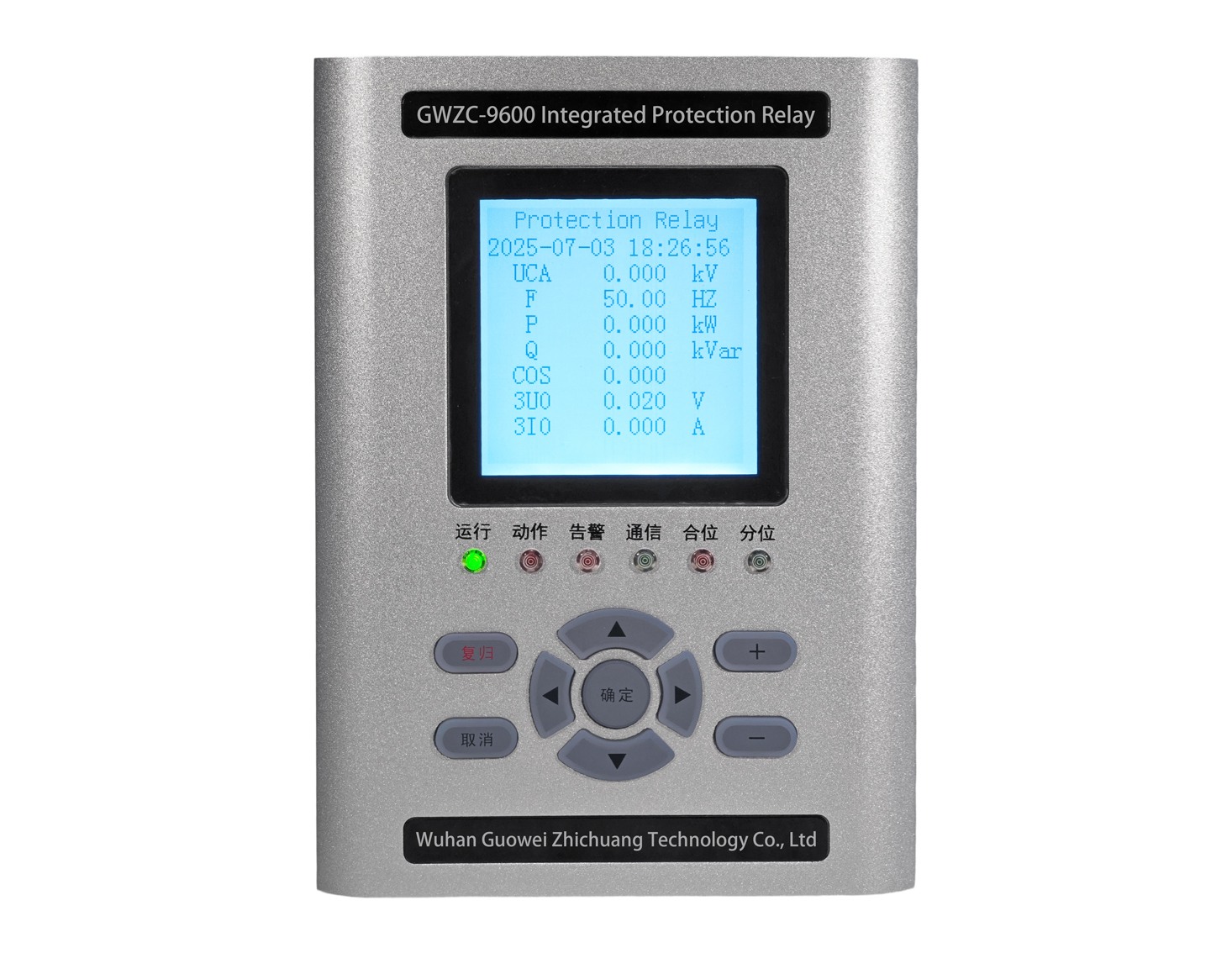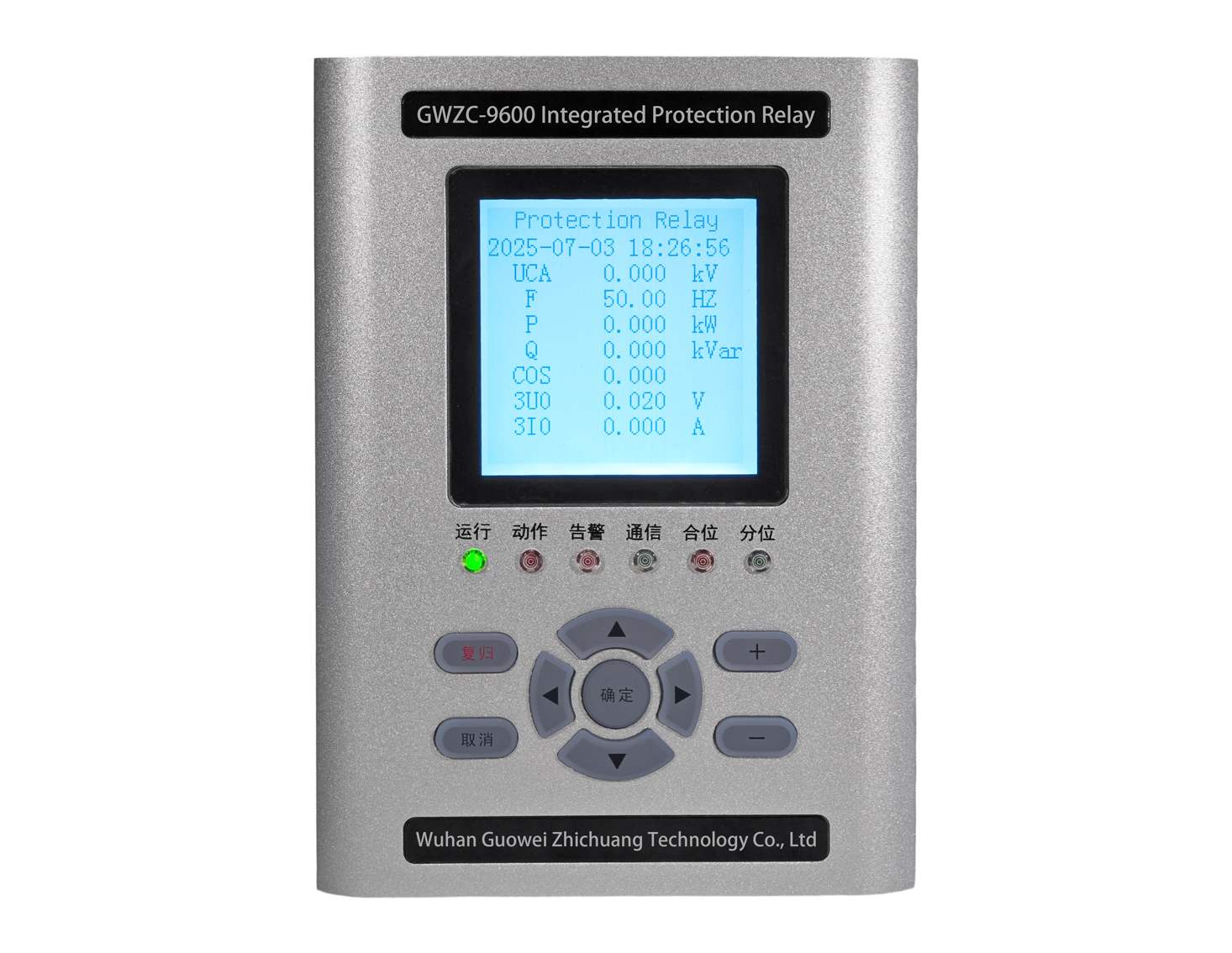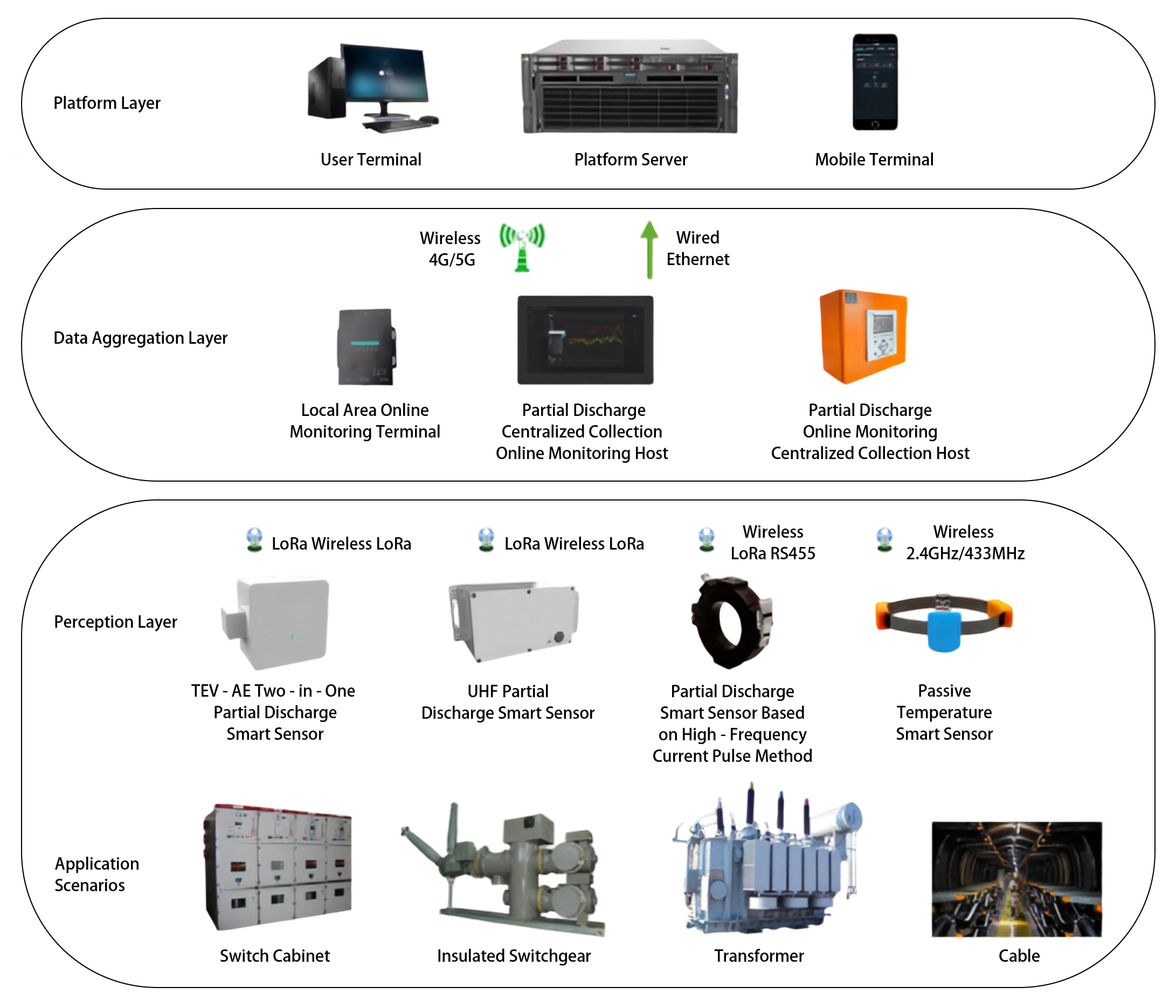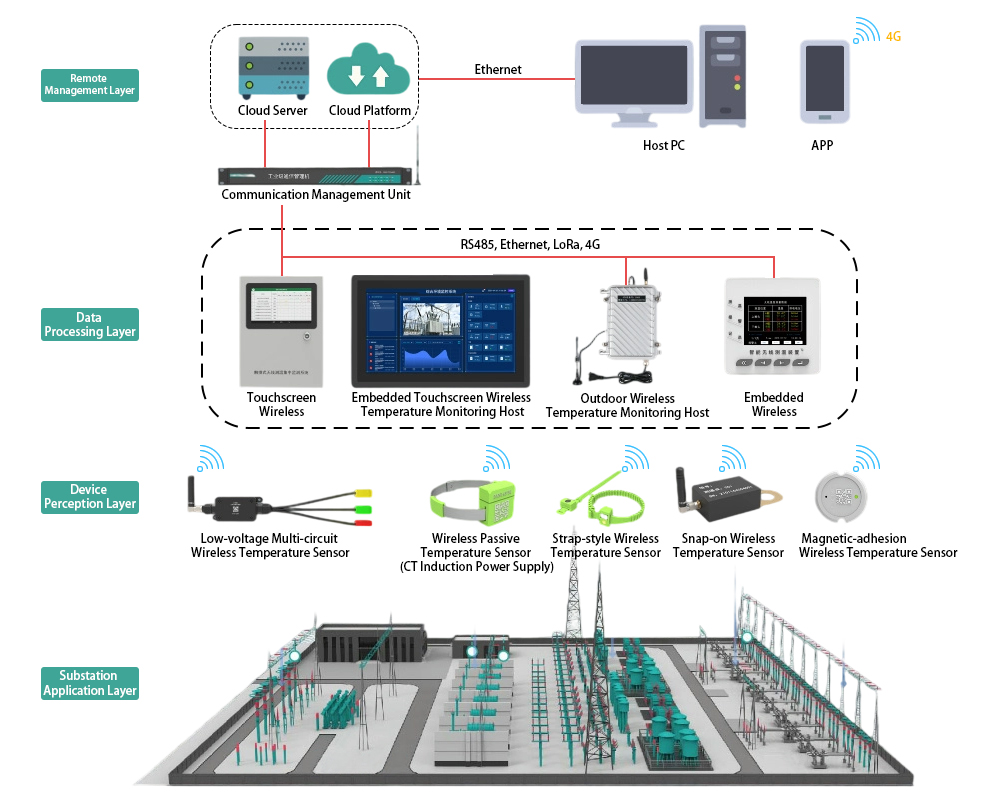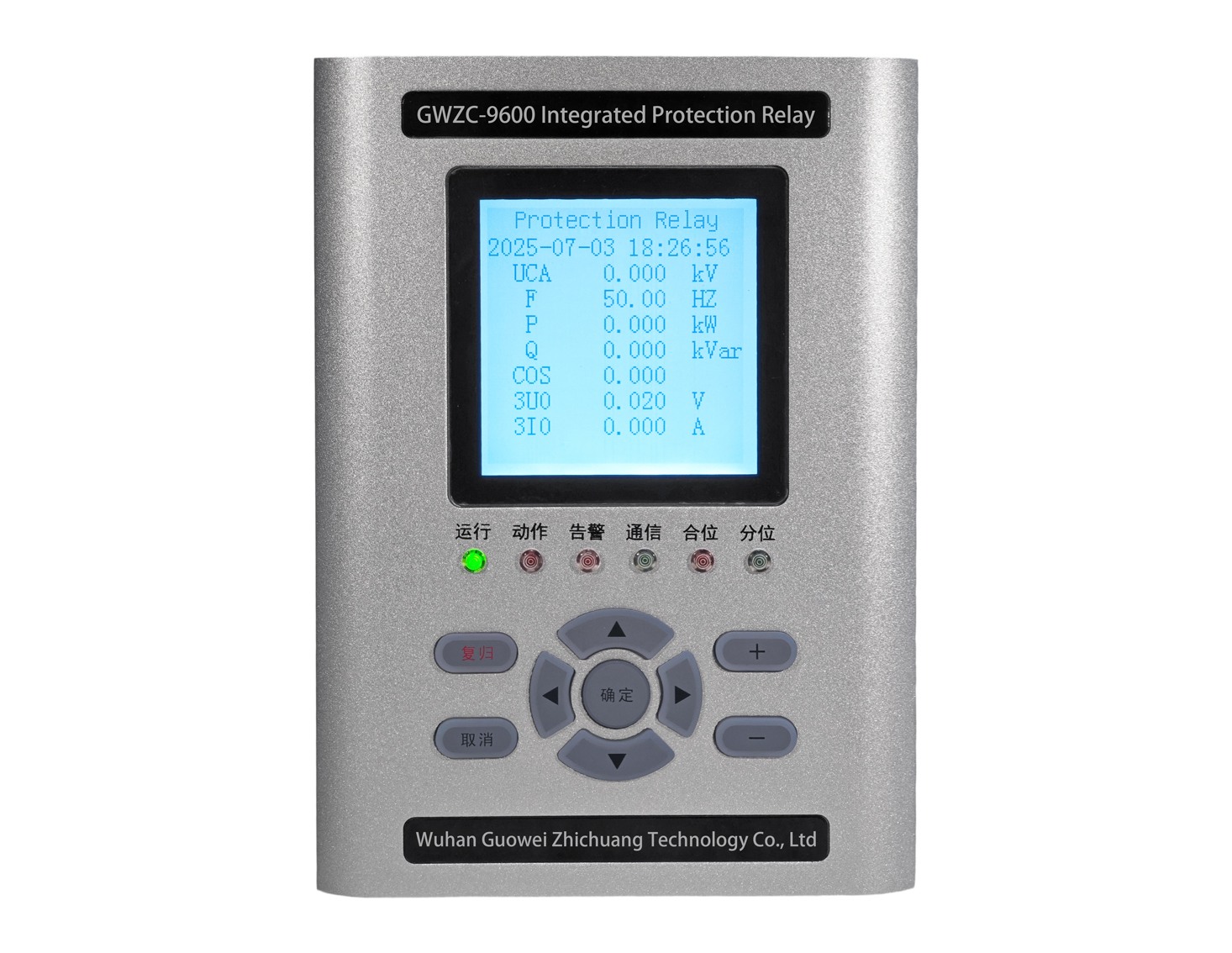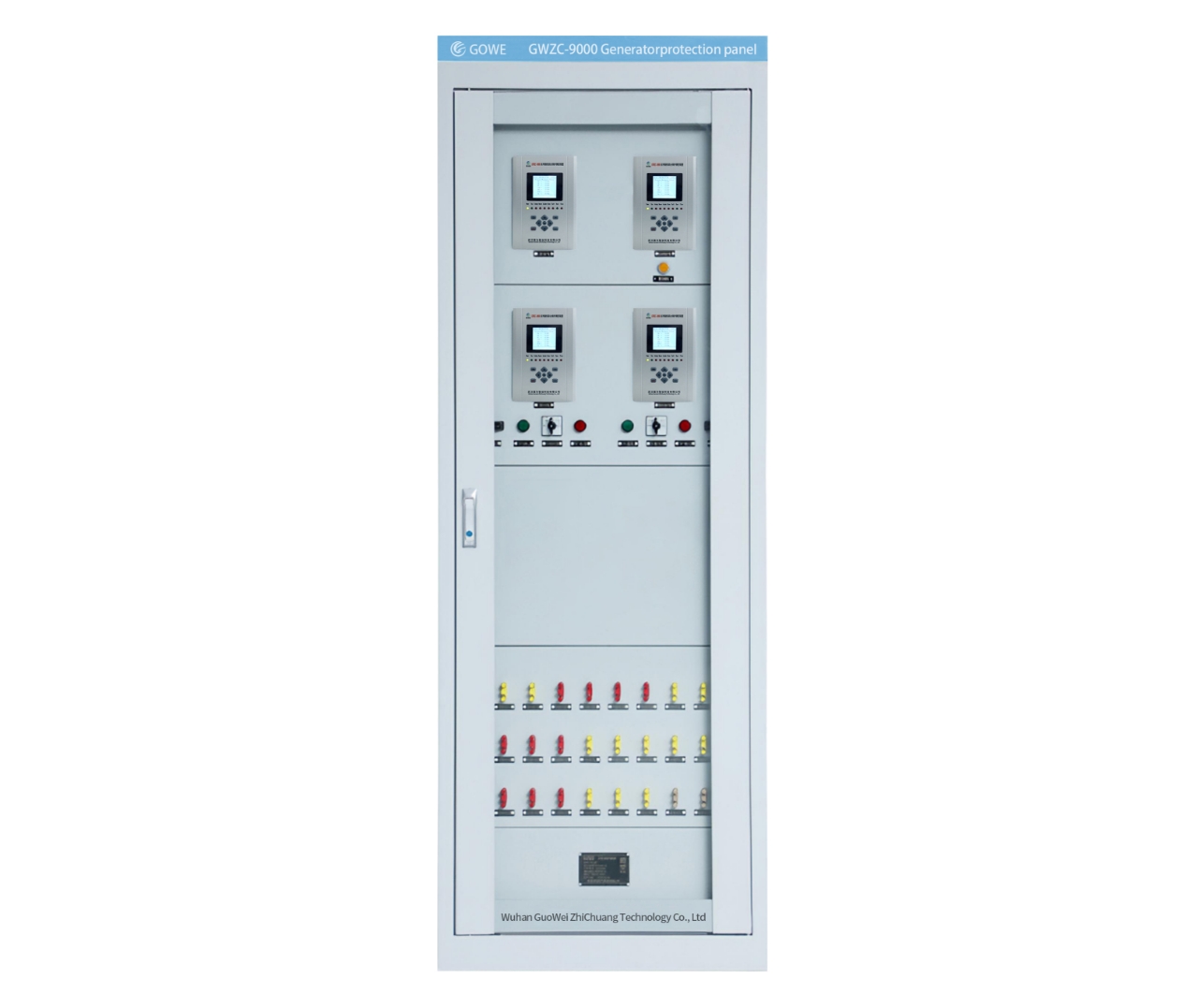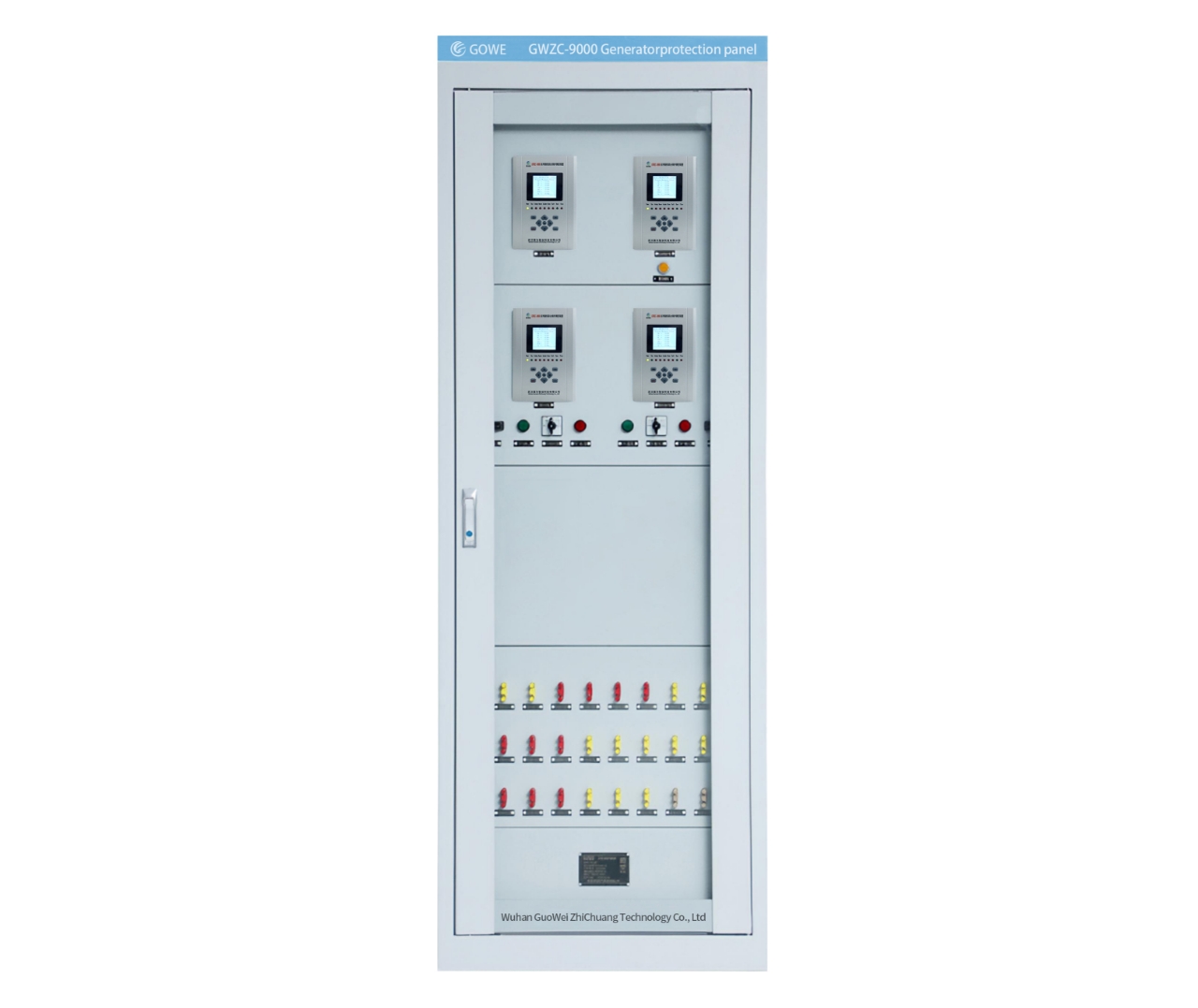1. Why ThreeStage Overcurrent Protection?
①. Stage Ⅰ (Instantaneous Overcurrent Protection)
- Purpose: Quickly clears severe faults near the relay (e.g., busbar faults) with nearzero delay.
- Limitation: Covers only ~80% of the line length, leaving a “dead zone” at the far end.
②. Stage Ⅱ (TimeDelayed Overcurrent Protection)
- Purpose: Protects the remaining 20% of the line and acts as backup for the next section.
- Feature: Delayed tripping (0.3–0.5s) ensures coordination with downstream Stage Ⅰ.
③. Stage Ⅲ (DefiniteTime Overcurrent Protection)
- Purpose: Serves as remote backup for the entire line and adjacent lines (e.g., highimpedance faults).
- Feature: Longer delay (seconds) follows timegrading principles for selectivity.
2. Coordination Logic
①Vertical Coordination (Upstream/Downstream):
- Time grading: Upper relay’s Stage Ⅱ delay > Lower relay’s Stage Ⅰ delay.
- Current setting: Upper Stage Ⅱ current > Lower Stage Ⅰ × 1.1 (reliability factor).
②Horizontal Coordination (Same Line):
- Stage Ⅰ (primary) → Stage Ⅱ (local backup) → Stage Ⅲ (remote backup).
3. Setting Methods
①. Stage Ⅰ (Instantaneous):
- Iset1 = Krel × I(3) k.max (Krel = 1.2–1.3).
- Trip time: <30ms.
②. Stage Ⅱ (TimeDelayed):
- Option 1: Coordinate with downstream Stage Ⅰ ( Iset2 = Krel× I set1downstream ).
- Option 2: Ensure sensitivity at line end ( Iset2 ≤ Ik.min(2)/Ksen), Ksen ≥ 1.3 ).
- Delay: t Ⅱ= t Ⅰ downstream+ Δt (Δt = 0.3– 0.5s ).
③. Stage Ⅲ (DefiniteTime):
- Iset3 = (Krel× Kss × IL.max )/Kre (Kss = 1.5–3, Kre = 0.85–0.95).
- Delay: t Ⅲ = t Ⅲdownstream + Δt (Δt = 0.5–1s).
- Sensitivity Check: ( Ksen = Ik.min(2) /Iset3) ≥1.5 (local) or ≥1.2 (remote).
4. Key Notes
- Settings require shortcircuit analysis (e.g., ETAP/PSCAD).
- Verify sensitivity under minimum fault current conditions.
- For complex grids (e.g., ring systems), directional elements may be added.

